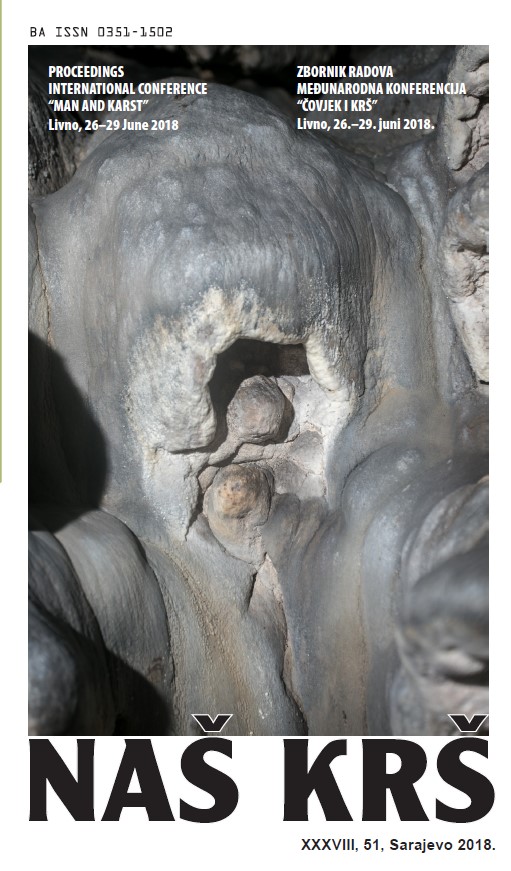KARST SEDIMENTS AND THEIR STUDIES; EXAMPLES FROM SLOVENIA
KARST SEDIMENTS AND THEIR STUDIES; EXAMPLES FROM SLOVENIA
Author(s): Nadja Zupan HajnaSubject(s): Physical Geopgraphy, Regional Geography, Environmental interactions
Published by: Centar za krš i speleologiju
Keywords: red soils; cave sediments; origin; mineral composition; age; Classical Karst;
Summary/Abstract: In last 30th years in Slovenia study and interpretations of the cave sediments and sediments on karst surfaces went through different stages in accordance with then prevailing various theoretical models, knowledges about karst processes and especially the development of dating methods. Clastic sediments on the surface and in the caves are different in e.g. size, shape, color, texture and have various proveniences. One of the characteristics of the Kras is red soil although the surface sediments color in Kras comprehends all varieties from yellow to red. The color of unconsolidated clastic sediments was in the past defined by climate; the yellow color reflected the sedimentation in cold climate. The study of the mineral composition showed that yellow color is usually an indicator of sediments of Eocene flysch origin, which were weathered in different degree. In contact with percolating water those sediments can become reddish due to rubification (oxidation). In sediments from caves close to the surface and from unroofed caves sediments no minerals indicating loess origin were found. In opened fissures and fault zones were studied infiltrated loam and tectonic clays. By mineral composition studies of cave alluvial sediments was also noticed that in many cases high amount of carbonate clasts is significant originated from incomplete solution of cave walls.
Journal: Naš krš
- Issue Year: XXXVIII/2018
- Issue No: 51
- Page Range: 5-20
- Page Count: 16
- Language: English

